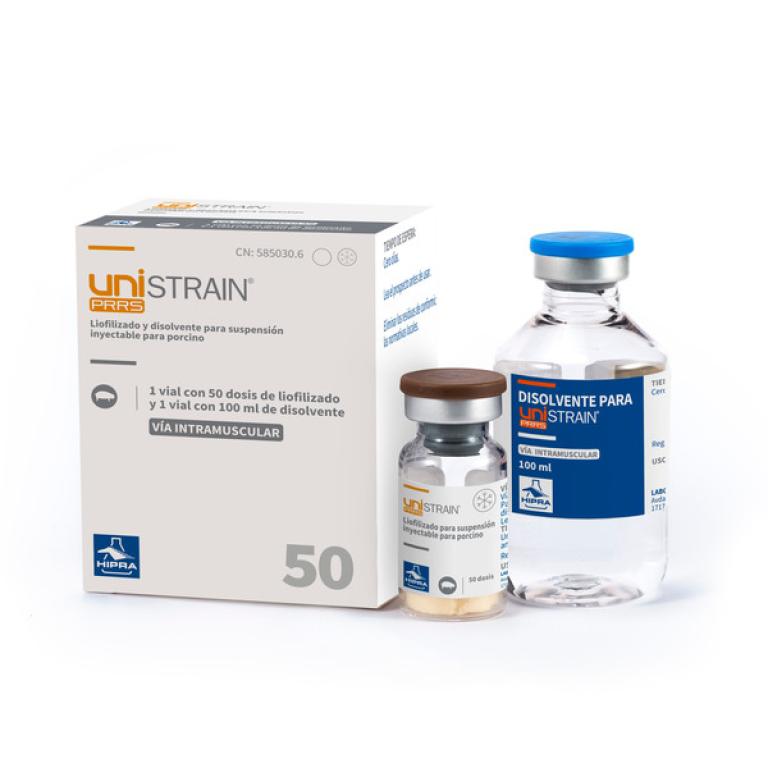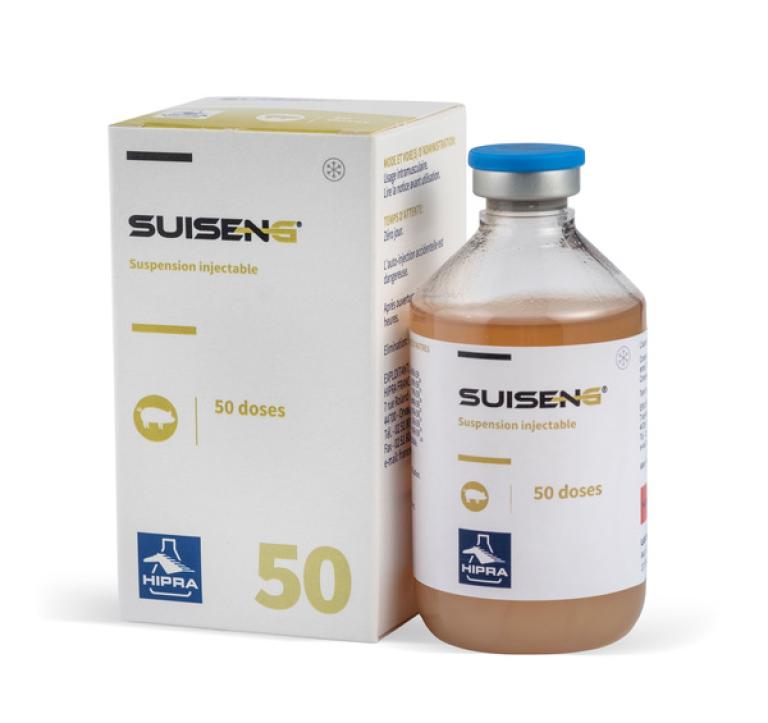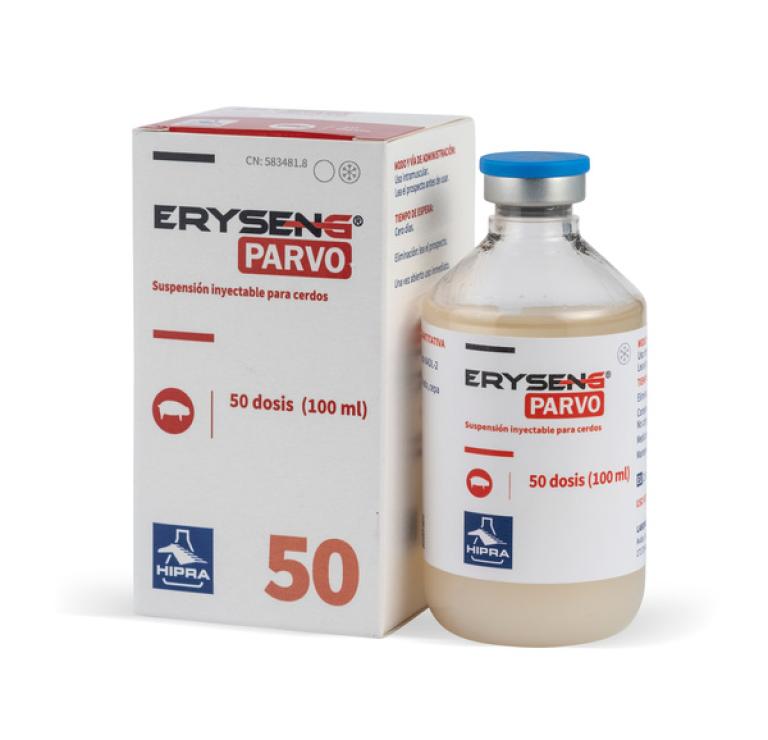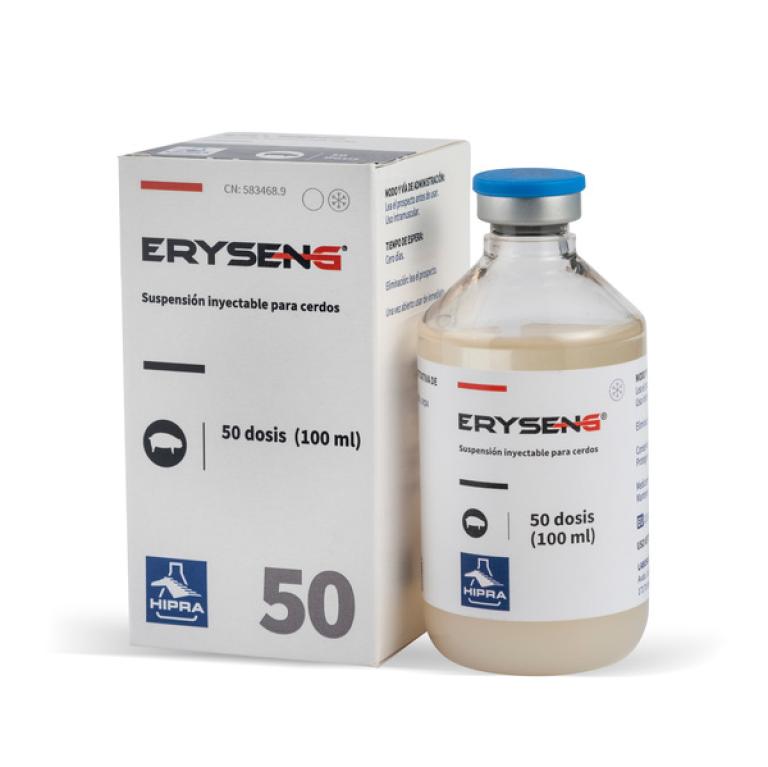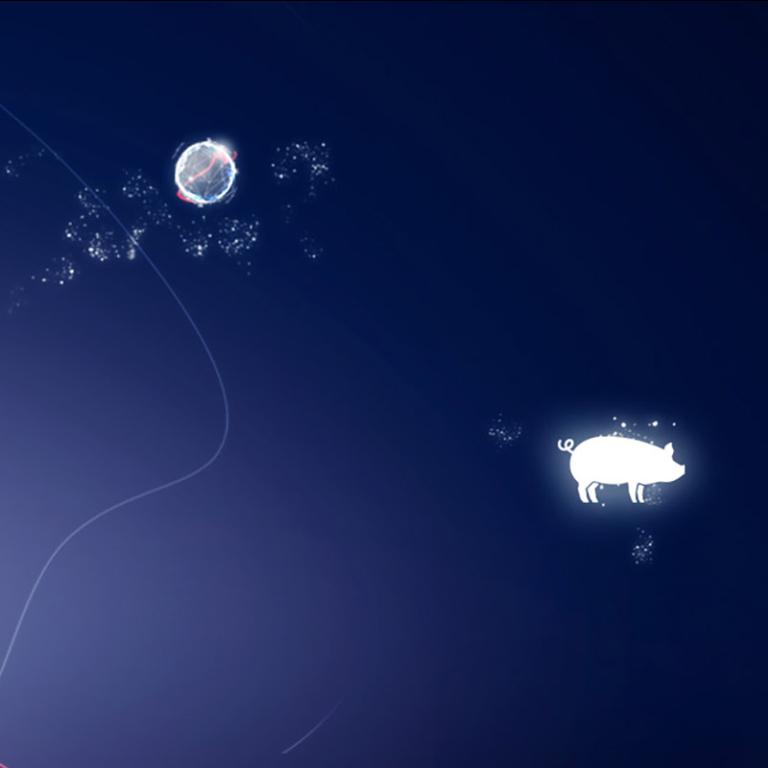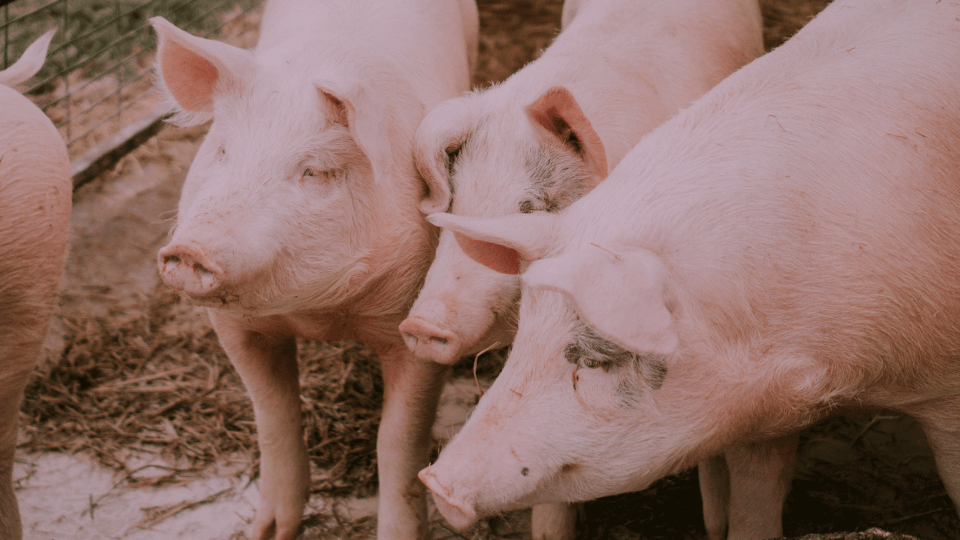Article written by:
D. Solà-Oriol and Josep Gasa
Animal Nutrition and Welfare Service, Department of Animal and Food Science, Universitat Autònoma de Barcelona, Spain
2a. ADEQUATE FEEDING: Reducing intrauterine growth restrictions in hyperprolific sows
High production sows (>30 piglets/sow/ year) deliver large litters with an increasing percentage of piglets born with low birth weights.
On the other hand, up to 30% of the litter having been exposed to various degrees of intrauterine growth restriction (IUGR)1, 2.
Intrauterine growth restriction is usually defined as impaired growth and development of the foetus and/or its organs during gestation3, and because of the brain-sparing effect4, IUGR piglets can even be recognized by their head shape and lower body weight1, 2, 5.
Morphologically, IUGR piglets can be characterized according to three criteria based on head morphology:
- 1. Dolphin-like head shape2.
- 2. Bulging eyes.
- 3. Wrinkles perpendicular to the mouth5.

Figure 1. Differences between a normal piglet (left) and a growth-restricted piglet (right). Photo by Hales et al.
Independently of the body weight at birth, those animals classified as IUGR piglets show poor seeking and sucking behaviour after birth (defined here as physical strength or vigour) and may not show enough vitality to ensure proper colostrum intake.
This represents an important negative impact on subsequent health status and mortality within the five first days of life6.
The reason is that if piglets need to take at least 250 g of colostrum within the first 24 hours in order to survive7, IUGR piglets often consume only 100 g of colostrum or less per kilogram of body weight1.
In swine, IUGR has been associated with placental insufficiency11 and a subsequent foetal adaptive reaction10, which may have permanent effects on the structure, physiology and metabolism of the body12,13, intestinal morphology and enzyme secretion14.
All those effects directly affect the concept of “foetal programming” that may be determinant for neonatal piglet survival or even for further pig growth and efficiency15.
The relationship between maternal nutrient intake during pregnancy and the growth of the foetus is extremely important for determining pregnancy success and the life-long health and productivity of the neonate16,17.
The size and nutrient transfer capacity of the placenta (remember that there is no blood contact between the sow and foetus during gestation) play a central role in determining the prenatal growth trajectory of the foetus and is directly related to birth weight and IUGR.
Trans-placental exchange is dependent upon uterine and umbilical blood flow, and these blood flows are in turn largely dependent on adequate vascularization of the placenta.
This is why nutrients with vasodilator capacity have a great positive impact.
Thus, IUGR drives economic consequences for subsequent commercial meat production, such as reducing feed conversion efficiency and decreasing the percentage of meat27 and increasing carcass body fat28.
To sum up…
To reduce the incidence of IUGR piglets during the gestation, we can work with nutritional strategies, focusing on two different levels during gestation:
1. Between 12 and 25 days after mating to reduce the peak of embryonic dead and implantation failures.
- During the first third of gestation, the amino acid uptake provided by the diets offered during the first 20 post-mating days play an important role in protein synthesis and the activation of cellular functions in the intrauterine environment at these early stages (with particular emphasis on Arginine, Leucine and glutamine).
- Moreover, the histotrophic process that occurs during the implantation is related to a pro-inflammatory process with a high intervention of cytokines, lymphokines, hormones, enzymes and growth factors that may be recognized as hazardous to a hyperactive intrauterine mucosa.
Then, diets and functional nutrients or compounds provided with the aim of reducing the inflammatory process and oxidative stress may be positive in order to avoid early reabsorptions.
2. From day 35 to 75 of gestation when the foetal losses occur due to an inadequate development of the placenta or insufficient uterine capacity impairing proper development and nutrient uptake for the foetus29, 30.
During this period, there is a large decrease in non-essential amino acids (Branched Chain Amino Acids in the Krebs cycle and Arginine and Glutamate in the Urea cycle), with them becoming unavailable for their key metabolic pathways31, 32, 33.
- The main objective is to provide enough substrates and nutrients to regulate gene expression, protein synthesis and angiogenesis in order to maximize placental development.
The use of protein sources rich in Arginine, Leucine and Glutamic acid or their direct supplementation during this period is required.
Moreover, increasing levels of Branched Chain Amino Acids at the end of gestation linking with transition diets may help to satisfy a “balanced catabolic process” at the end of the gestation period.
Finally, the key point to make is that:
Amongst nutrients, amino acids are the main candidates to exert a positive effect in placental development and foetal growth because of their direct effect on protein synthesis.
However, the importance of functional ingredients and nutrients to reduce inflammatory processes and oxidation in the early stages of gestation is also recommended.
REFERENCES:

